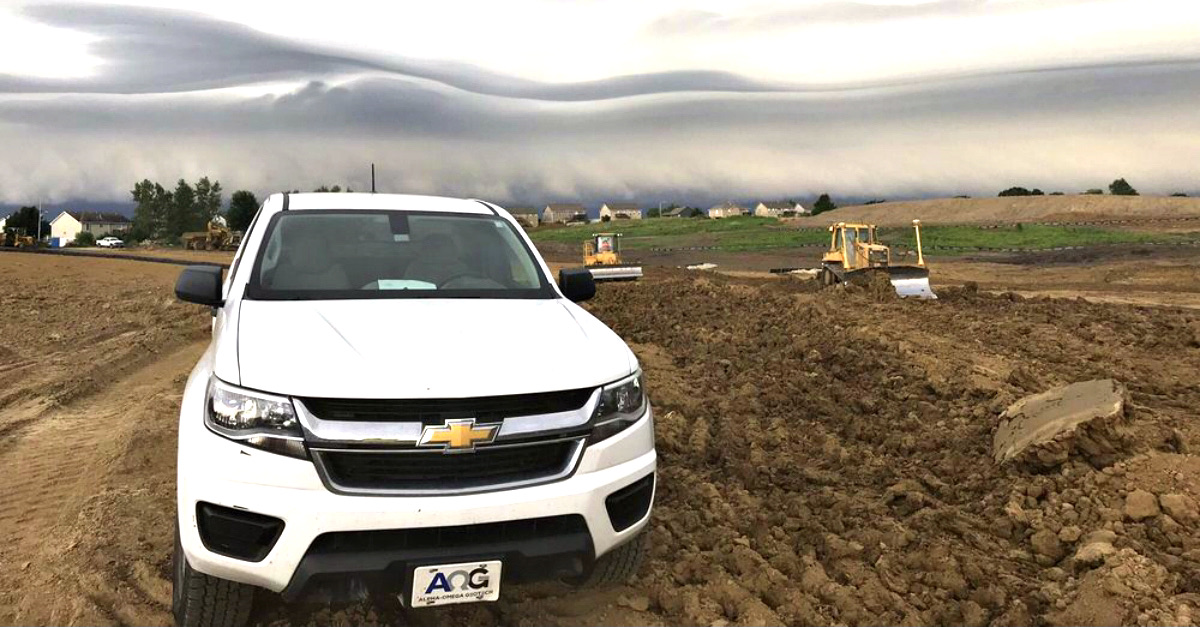Shifting climate patterns around the world are putting new emphasis on everything from resilient infrastructure to robust emergency preparedness. As commercial construction navigates the changes, geotechnical engineering is positioned to offer key guidance. We begin our blog series discussion with AOG President Allan Bush with a look at a few big picture realities from the veteran engineer’s perspective.
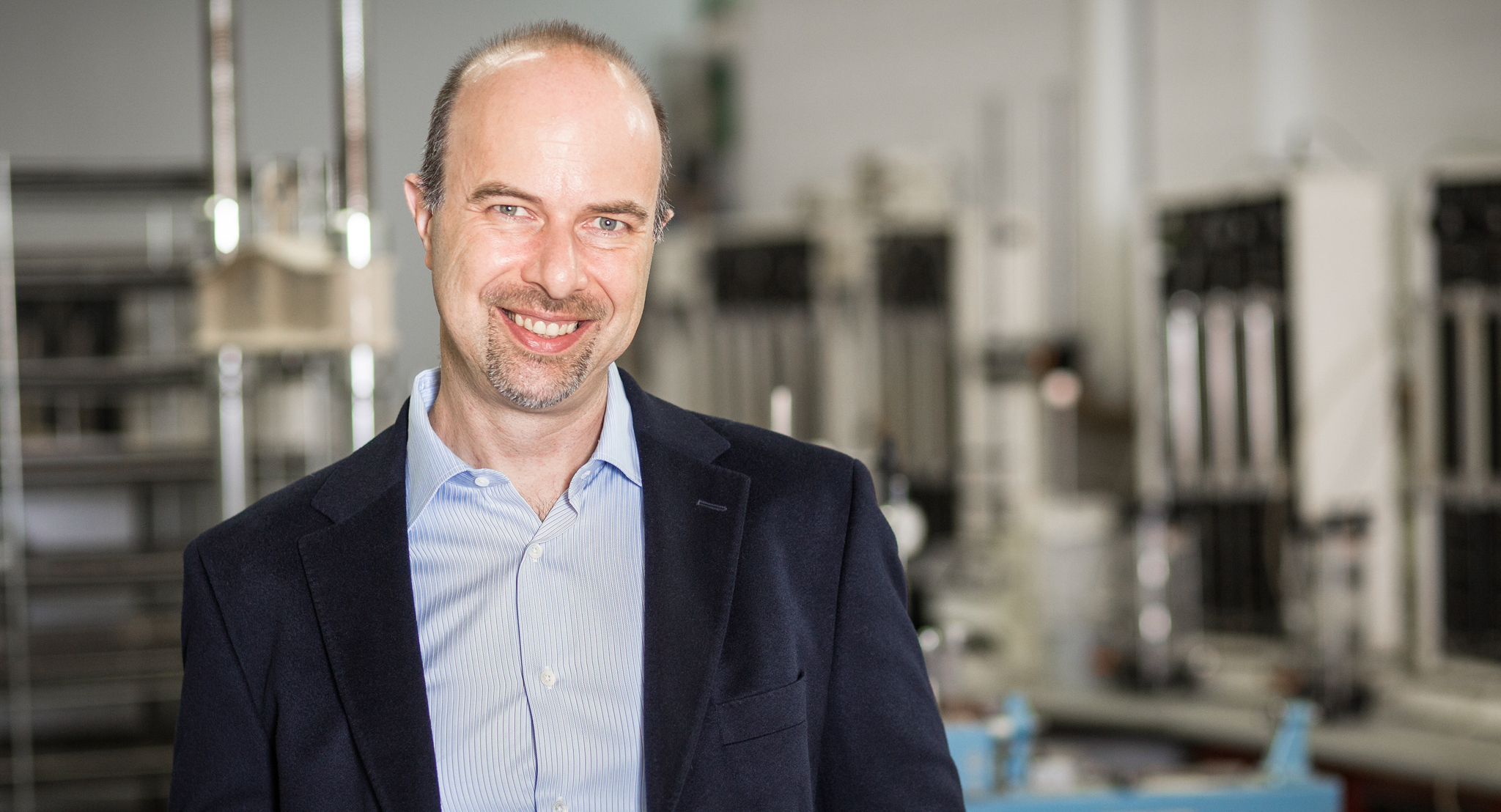
Allan Bush, Alpha-Omega President and Geotechnical Engineer
What Happens Above Matters Below.
How does weather impact a construction site? Your first thought is probably working conditions. Wet, muddy, snowy and frigid weather can directly influence timelines and even budgets. But you should also know that there’s much more to the story down below.
“When you think about the environment, you tend to think about the atmosphere and the weather. But there’s also the subsurface environment,” says Bush. “The two are interrelated. What happens above ground impacts what’s going on below ground, and that can be a major consideration for construction, from choosing a build site to engineering it for performance.”
Geotech engineers understand and appreciate the environmental big picture like few others in the construction equation. They know the climate and the planet itself are changing, and those changes are constantly reframing their primary purpose: getting commercial projects out of the ground. Everything from wildly fluctuating temperatures and chaotic storm patterns to sweeping geological forces relentlessly chip away at what is, and forge it into what’s next. A natural world in motion makes every evaluation of every build site important.
“The natural world is always building up and tearing down. Always. Nothing stays the same. Geological materials are shifting, breaking down and coming together again in different ways all the time,” explains Bush. “Changes in climate patterns and weather events fuel that change. The role of water, in particular, really drives it.”

Geotech drilling teams capture current conditions in an ever changing underground environment.
Geological processes are complicated, but it’s safe to say water is a clear source of momentum. Whether excessive, absent, or somewhere in between, water largely defines the character of the subgrade at a build site. The more the weather changes over time, the more water changes, and you can expect to see the results underground. Bush says that makes water a standout priority for geotechnical examination.
“Water brings erosion and erosion brings change, sometimes very quickly, and that directly affects the stability and the strength of a build site,” explains Bush. “For geotechs, erosion and erosion cycles offer insight into how conditions are changing. We’re very focused on the influence of moisture. It’s certainly not the only factor, but it’s a major factor in our understanding of the subgrade and our recommendations at any particular site.”
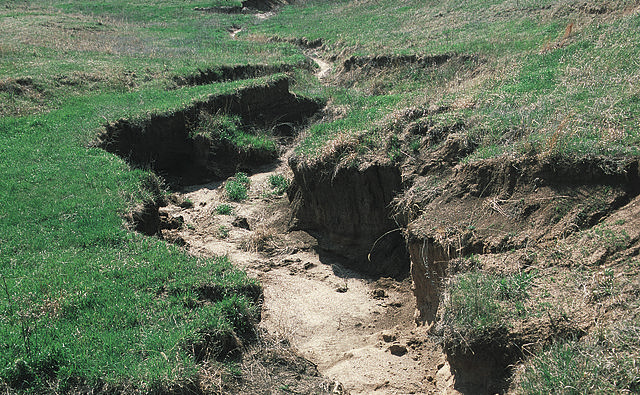
Erosion processes are plain to see on the surface, but detecting and assessing them underground requires drilling, testing and experienced engineering.
Extremes and the Unexpected in Kansas City.
You see the obvious impact of climate change on coastal regions of the U.S. regularly. News reports show the devastation of catastrophic storm surges and rising sea levels. Here in the Kansas City area, the impact is more subtle. But Bush says make no mistake, the game is changing here too.
“We’re right in the middle of the country. We’re sort of the melting pot of bigger forces at work across the country. We feel changes in the Pacific, the Gulf of Mexico and even the Arctic. We have four seasons in Kansas City that already bring a lot of change. And changing climate trends are bringing even more environmental fluctuations both above and below ground.”
Climate change isn’t simple or straightforward in Kansas City. Defining exactly what’s going on isn’t just a matter of tracking rising temperatures against the backdrop of a steadily warming planet. In our neck of the woods, change is also about extremes. Heat waves, cold snaps, droughts and downpours. In 2021, we saw an average year’s worth of one-inch-plus rain days with several months still to go.
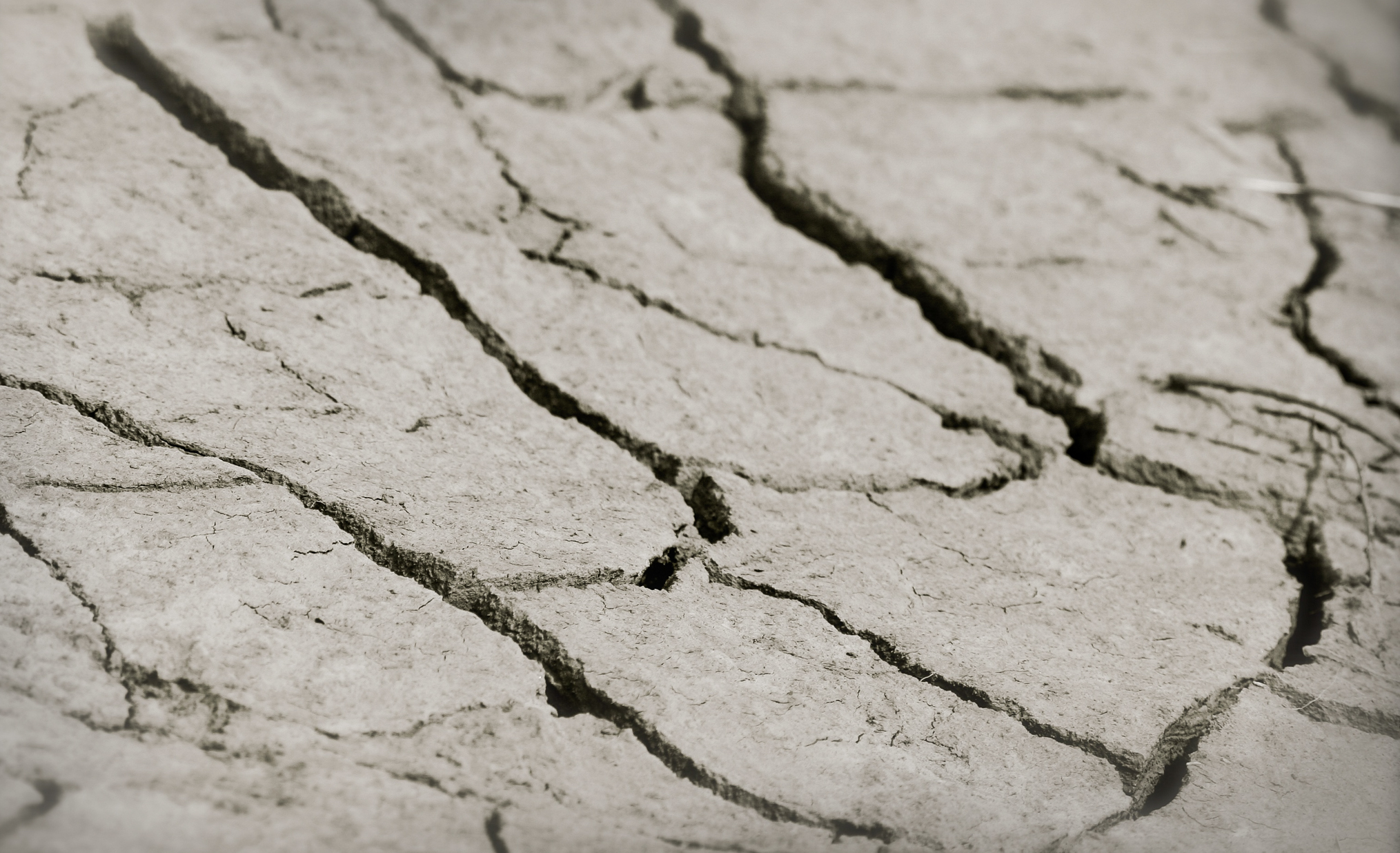
A sign of extreme times. Even the Kansas River bed can crack with drought several yards from the banks, and then go back underwater following a season of heavy rains. Photo: Kaw Point in Kansas City, Kansas.
While most of us keep an eye on the sky, local geotechnical engineers are watching it all play out in Kansas City’s subgrade. What they see is more complicated and less predictable, making their work increasingly valuable to construction project owners and designers.
“More people in the construction industry are waking up to the fact that we’re not just sitting on a bunch of ‘typical’ midwestern farmland ripe for cookie-cutter projects. Conditions in one spot can be much different than conditions just a few hundred yards away, even if it all looks the same on the surface. Plus, what’s happening in the subgrade at a specific location now may be different in the future, even in the near future.”
Growing Emphasis on Geotech.
They say the only constant is change, and that’s the working rule more and more these days from a geotechnical engineering perspective in Kansas City. The challenge of piecing together precise recommendations is taking on new significance. Builders aren’t as confident as they used to be when it comes to the usual assumptions about the ground they build on. Bush says the risks posed by changing weather patterns are real, and major players know it.
“Larger, well-established general contractors and experienced project owners are taking this seriously. They’re more supportive of a closer examination of the subgrade and more willing to get a better grip on conditions before building. It’s just a reality we all have to face.”
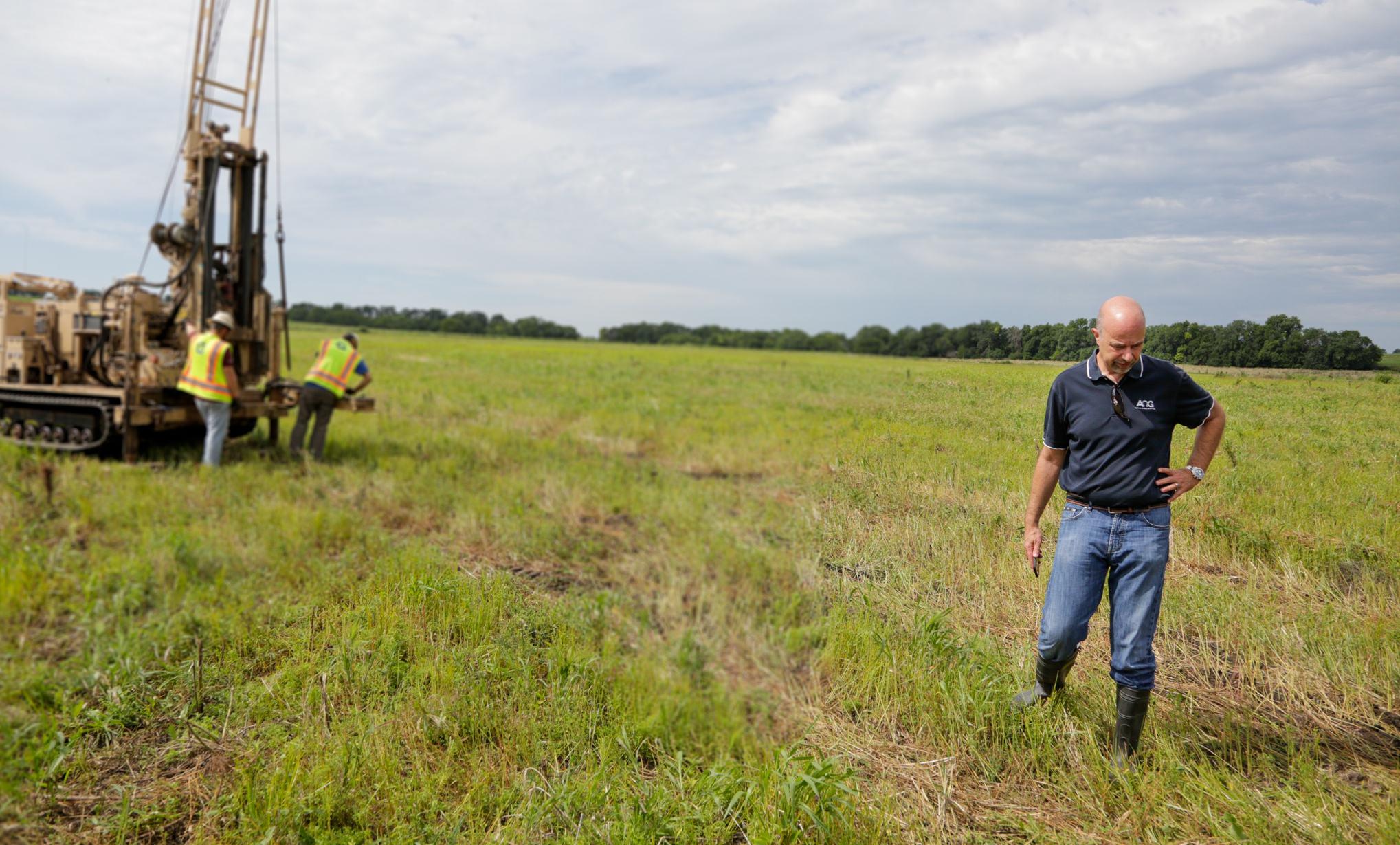
“The planet’s top layer is the starting point of construction. Natural forces are constantly redefining it, making geotech work a priority.” – Allan Bush
The relationship between construction practices, materials and soil is more critical than ever, not only in terms of ensuring foundational stability, but also in the quest for efficiencies that can make or break a project budget. That’s making Alpha-Omega Geotech’s work especially important, from painstaking soil analysis inside our laboratory to the management of fluid conditions in the field, and the development of creative solutions.
“Taking a geotechnical snapshot of today and extracting a reliable forecast for tomorrow is already sort of an art drawing on expertise and experience working in local soils,” says Bush. “And now climate change is turning more of the usual into the unusual. Our role is finding new footing and we expect the value of what we do to keep earning attention.”
Read Winds of Change – Part Two: Weathering Shifting Conditions >>

